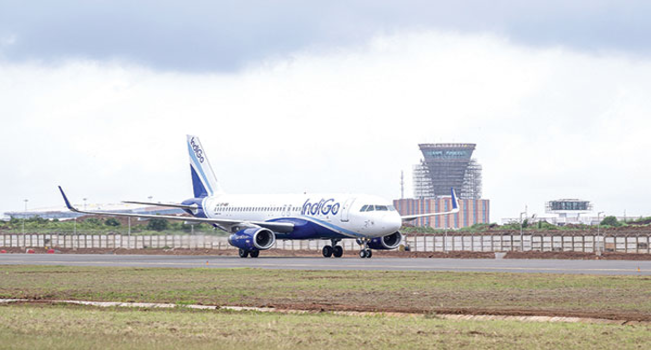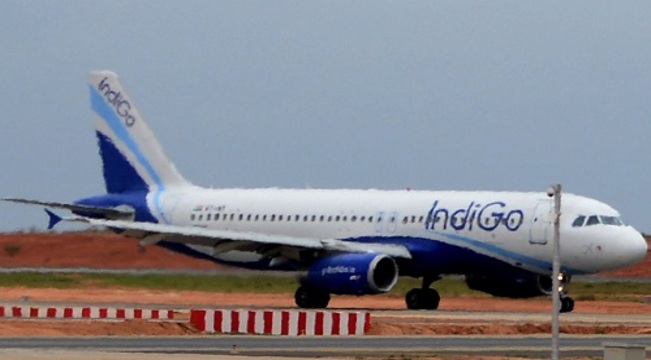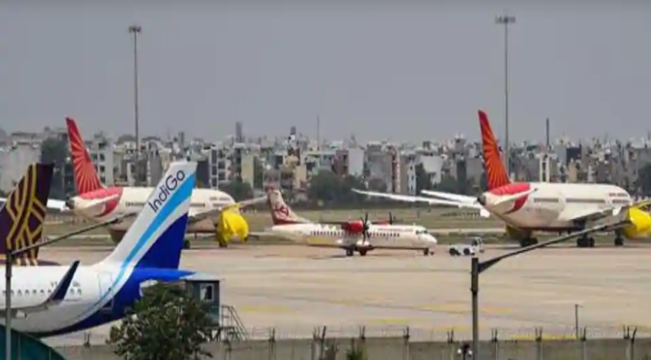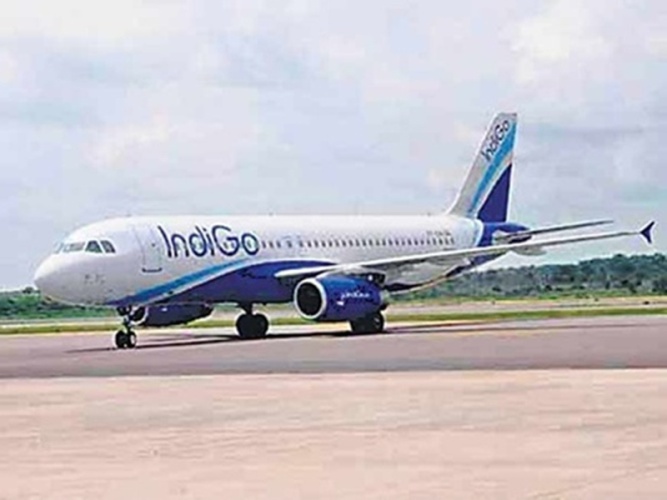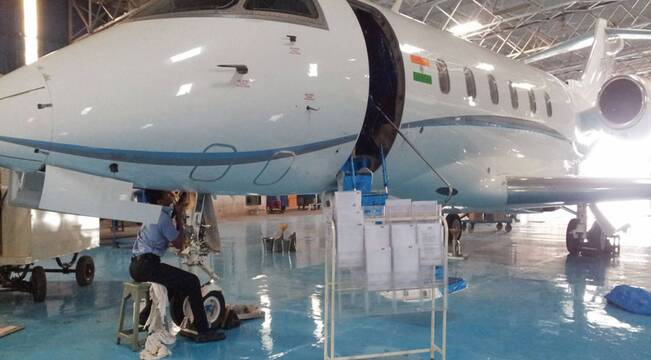Boeing’s marathon-like push to earn approval for its 737-7 likely no longer hinges on demonstrating that the model meets all required regulatory standards but instead on convincing the agency that a known noncompliance should be permitted for a few years while the OEM develops a permanent fix.
At issue is 737 MAX engine inlet durability. Boeing in mid-2023 discovered that operating the aircraft’s engine anti-ice (EAI) system in certain conditions could cause the composite inlets to heat to the point at which they were at risk of breaking apart under operational loads. The failure’s potential ramifications—shedding pieces of engine inlet and nacelle assembly—are enough to “jeopardize the safe operation of the airplane,” in the FAA’s words. Add it up, and the 737 MAX EAI/composite inlet combination fails to comply with parts of six regulations.
The FAA in August 2023 ordered a temporary operational work-around for in-service 737 MAXs. The “direct final” airworthiness directive (AD)—signifying the agency deemed it important enough to bypass inviting public input on a draft—required operators to modify flight manuals with language prohibiting pilots from using the EAI “when not in actual or anticipated icing conditions.” Operating the EAI in dry air and at certain altitudes and thrust settings for more than 5 min. could cause nacelle damage, the agency explained.
Among the worst-case scenarios, shedding of inlet pieces “may cause fuselage and/or window damage, potentially resulting in decompression and hazard to window-seated passengers aft of the wing,” the FAA noted.
A similar scenario led to a passenger fatality onboard a Southwest Airlines 737-700 in April 2018 when parts of the nacelle broke apart following a fan blade failure. That helped jump-start a review of airframe and engine certification rules (AW&ST March 22-April 4, 2021, p. 24), leading Boeing to redesign its 737 Next Generation (NG) nacelles. A fleet-wide retrofit is to be completed by the end of the decade.
The FAA rule noted that Boeing, which designs and manufactures the 737 MAX inlets, is working on a modification that will eliminate the hazard.
The rule addressed the problem for the in-service fleet. In late November, Boeing asked the FAA for 18 months to wrap up design and certification of the modification. In the meantime, it wants the agency to grant an exemption so the 737-7—which first flew in March 2018 and completed formal FAA flight testing in late 2021 (AW&ST April 18-May 1, 2022, p. 14)—can be certified and enter service with the same hazard and operational work-around as the 737-8, 737-8200 and 737-9.
“Subsequent to the development of the engine nacelle inlet structure and EAI system, analysis and engineering flight testing showed there is a potential for structural damage to the engine nacelle inlet structure due to overheating with the EAI system active during specific operational and environmental conditions,” Boeing explains in its request for a time-limited exemption (TLE) until May 31, 2026. “During this time, Boeing will complete certification of necessary design changes for the EAI system and associated structure. These changes will be applied to all 737 MAX models, including the 737-7.”
Neither the rule nor Boeing’s exemption request explain why problems with the composite inlets, added as part of the 737 MAX derivative changes, were not flagged during certification. Both underscore that the hazard has never led to an in-service incident, and the risk of one occurring is low.
“The 737 MAX has been in service since 2017 and has accumulated over 6.5 million flight hours,” Boeing writes in its exemption request. “In that time, there have been no reported cases of parts departing aircraft . . . due to overheating of the engine nacelle inlet structure, indicating that a TLE [from two of the six regulations at issue] will have no adverse affect on safety.”
The other four rules the design fails to meet deal with “multiple, independent system failures during specific operational and environmental conditions,” the company said. “Boeing’s quantitative risk assessment evaluated this scenario to be extremely improbable and to have no adverse effect on safety.”
Both the 737-7 and the 737-10, the last two variants of the 737 MAX family, have multiple TLEs that will allow Boeing to develop changes after each model is certified. Several of them stem from lessons learned in the aftermath of the two 737-8 fatal accidents in 2018 and 2019, which prompted the OEM and regulators to reevaluate elements of the baseline 737 MAX design and how it was approved. But the composite nacelle issue and an unrelated yaw damper software problem (AW&ST July 17-30, 2023, p. 18) were regulatory noncompliances all along that went undetected by Boeing and the FAA during the baseline 737-8’s certification.
The nacelle issue stands out as an identified unsafe condition in the in-service fleet that required immediate attention with pilot manual changes and anti-icing limitations. This technical wrinkle, combined with a mounting list of unrelated but relevant organizational problems within Boeing’s Commercial Airplanes division (AW&ST Oct. 30-Nov. 12, 2023, p. 25), is causing some within the FAA to question whether granting the OEM’s request is prudent.
One FAA manager involved in evaluating the request who has signed off on other 737 MAX exemptions opposes the latest one, sources with knowledge of the issue tell Aviation Week. While one technical expert’s opposition is not enough to deny an exemption request, the EAI hazard’s potential consequences—remote but documented in an AD as meeting the agency’s “catastrophic” probability threshold—are generating additional scrutiny.
“How in the world could we justify granting an exemption on something like this that we know could have catastrophic consequences?” asks one agency safety expert not directly involved in the exemption’s review.
Beyond the documented issue of granting a temporary pass to a known safety-of-flight issue, comments compiled by a coalition of industry veterans, including former Boeing engineers, FAA experts and several experienced pilots, poke holes in the petition.
The hazard is not linked to multiple problems but rather a single failure—specifically, pilots forgetting to abide by the new EAI restrictions—the Foundation for Aviation Safety (FAS) argues in formal comments to the FAA on Boeing’s petition.
“Compliance with” Part 25.901(c), which prohibits single failures from causing accidents and is one of the six regulations at issue, “requires the failure is assumed to have happened, and [that] a fail-safe feature will prevent an accident,” the FAS states.
“Clearly, the flight crew forgetting to turn off the anti-ice system is a foreseeable single failure,” it continues, noting that the 737’s lack of a modern flight crew alerting system thanks to other regulatory exceptions granted years ago only adds to the probability of pilots not realizing the system is on when it should not be. “The probability of single failures is assumed to be one,” the FAS states. “Boeing is petitioning to allow the use of a probability analysis to circumvent the fail-safe requirements, which are the foundation of the aviation industry.”
The FAS also says Boeing’s claim that adding nonconforming 737-7s to the in-service fleet will have “no adverse effect on safety” runs counter to the FAA’s justification for the August 2023 directive.
“Clearly, the configuration Boeing is petitioning to be approved does not provide equivalent safety to the regulations from which they are seeking an exemption, and there is an adverse effect on safety, or the FAA would not mandate a design change as terminating action for the interim limitation and procedure mandated by the AD,” the FAS writes.
The foundation also notes that the 737 MAX’s operating history without an inlet failure linked to EAI operation offers little proof that the fleet is safe.
“Catastrophic accidents have occurred many times after a fleet of aircraft has accrued millions of flight hours,” the FAS says, pointing to the 2019 Southwest accident as a recent example. “Since the flight crew does not get a warning that crew action is required, the flight crew inadvertently leaving the anti-ice system on for 5 min. is a likely outcome.”
The FAS’ objections go beyond the 737 MAX. The prevalence of exemptions during aircraft certification programs and following major rule changes is another key concern. Manufacturers’ confidence in exemptions—which have become commonplace in the last two decades—means they do not have to abide by certification rules meant to ensure designs are safe, the foundation argues. Once granted, exemptions can too easily be extended, taking pressure off of companies to fix the problem.
One example is the 767-300F’s compliance with new flammability reduction rules put in place following the 1996 inflight explosion of TWA Flight 800 (AW&ST Nov. 21, 2005, p. 46).
In 2012, Boeing asked the FAA to exempt 767s from new wiring separation rules meant to prevent ignition sources. While design improvements were incorporated, they fell short of the FAA’s newest rules introduced in 2008. Among Boeing’s justifications: The required changes to the fuel quantity indication system would require the company to pause deliveries for three years while production for the model was nearing its end.
The FAA gave Boeing three years to develop a compliant system and said deliveries could continue in the interim. In 2014, with no new design in sight, Boeing asked for a new TLE—this time for just the 767-300 and 767-300ER and only until 2019, when 767 commercial production was expected to cease. Meanwhile, Boeing designed the tanker variant, which became the KC-46, to be fully compliant.
The FAA granted Boeing’s request. But in 2017, with the 767-300F still selling, Boeing asked for another exemption—this time pegging Dec. 31, 2027, well past the widebody freighter’s revised production end date. Annual deliveries were forecast at “about” 11 per year, the OEM added, equivalent to a final batch of about 90 aircraft.
One FAA senior aviation safety engineer had seen enough. Mike Dostert, one of the experts tasked with evaluating Boeing’s request, voiced his opposition. When the agency decided to grant the petition anyway, Dostert, as an engineer represented by the National Air Traffic Controllers Association, followed union protocol and documented his point of view.
“Co-routing of high-power wiring and lack of separation in [parts of the fuel system] between the high-power and in-tank circuits has been identified as a noncompliant and an unsafe condition since the TWA 800 accident,” Dostert, now retired from the FAA and a member of the FAS advisory board, wrote in a June 2018 “difference in professional opinion” letter.
He also questioned whether the company ever intended to fix the problem.
“After three years of production of noncompliant airplanes under the provisions of the original exemption, Boeing requested extension of the original exemption from 2016 to 2019 based upon the cost of upgrading the design and their stated low production rate and end of production in 2019,” he wrote. “It should be noted that in that same time frame Boeing developed the 767 tanker airplanes . . . produced on the same production line [that] are fully compliant.”
Dostert said Boeing’s FAA-granted Organization Designation Authorization status requires it to “correct noncompliant design features in newly produced airplanes.” Granting the 2018 exemption “not only reduces the level of fuel tank safety of the newly produced 767-300F airplanes, it rewards Boeing for not producing compliant designs and likely will influence their actions regarding bringing other known noncompliant designs back into a compliant configuration.” According to the reports published in aviationweek.com .
Since the 2019 exemption went into effect, Boeing has upped annual 767-300F production to satisfy demand. It delivered 94 of the freighters in 2019-23—nearly 19 per year. Counting another 27 in the backlog as of Dec. 31, Boeing is on pace to deliver 121 under the 2019 exemption—or about two more years’ worth of production than it anticipated in the rates and time frame detailed in its application.









